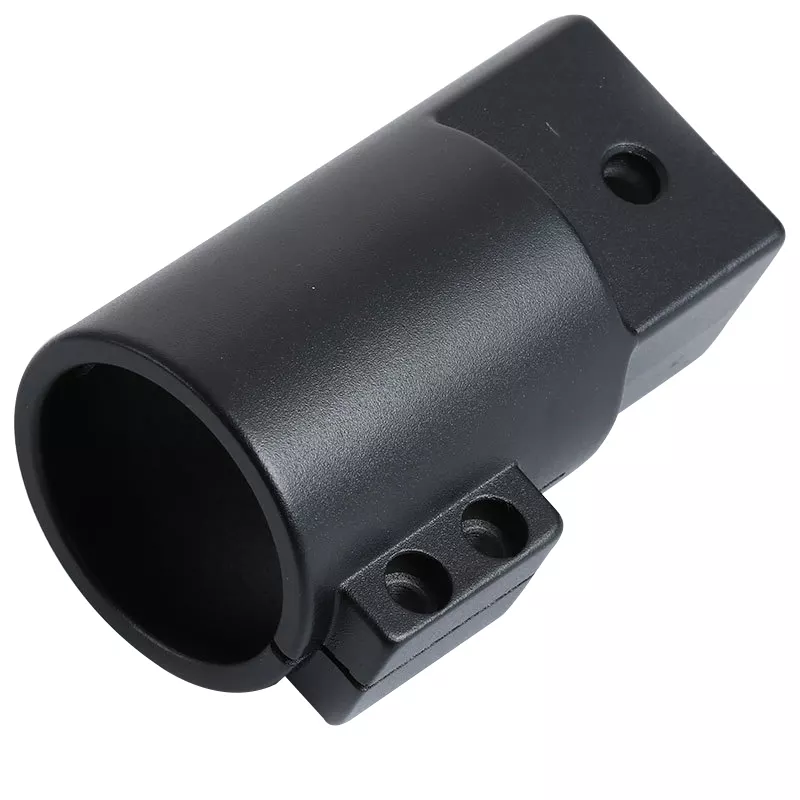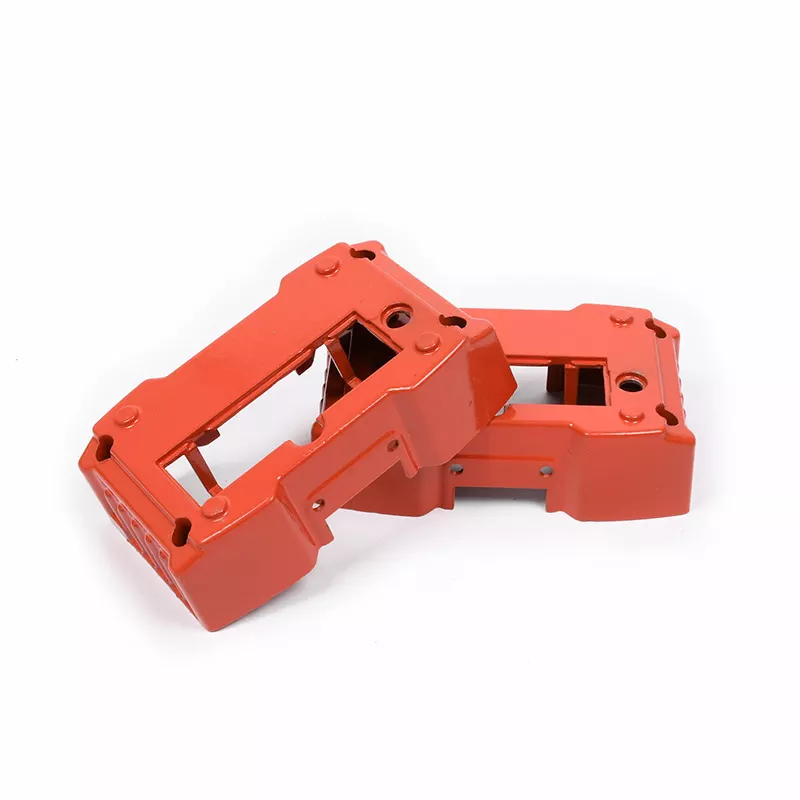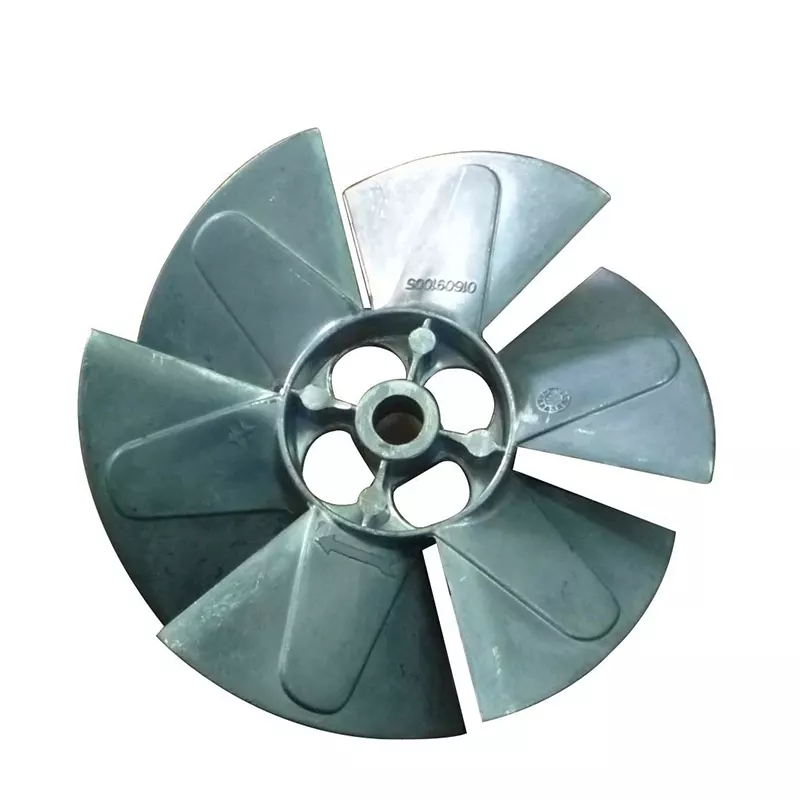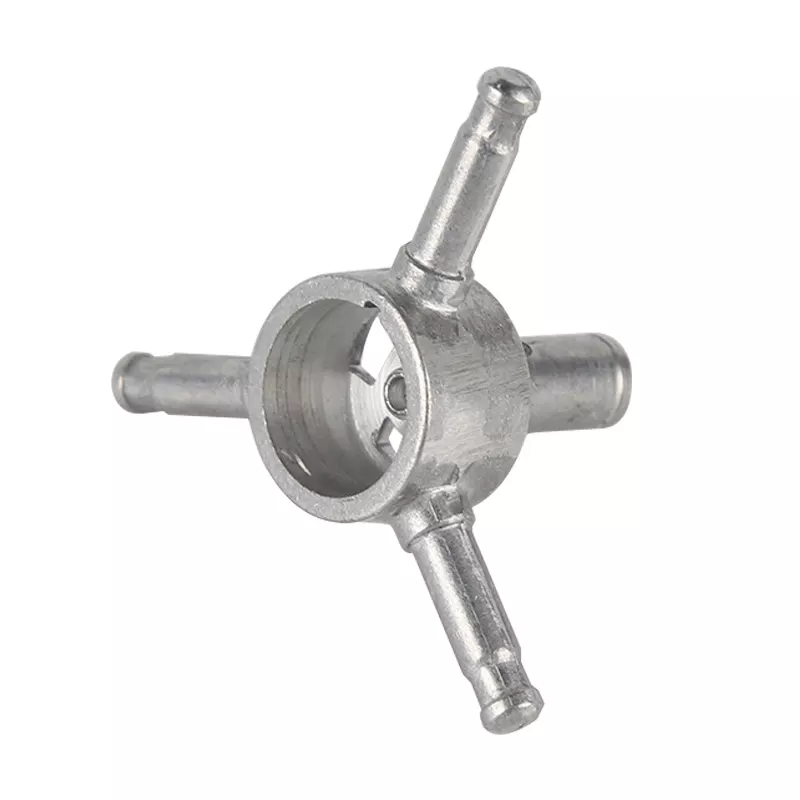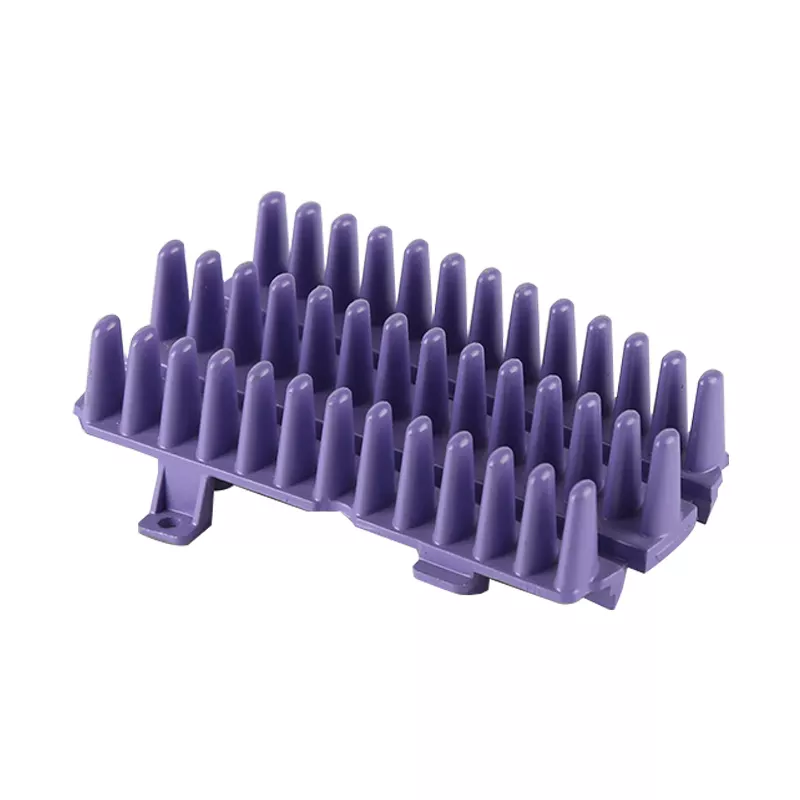Different types of steel are used as plastic molds, and their chemical composition and mechanical properties are different, so the manufacturing process routes are different; similarly, different types of plastic mold steels use different heat treatment processes. This section mainly introduces the manufacturing process route and the characteristics of the heat treatment process of the plastic mold.
1. Manufacturing process route of plastic mold

1. Low-carbon steel and low-carbon alloy steel molds
For example, the process route of 20, 20Cr, 20CrMnTi and other steels is: blanking→forging die blank→annealing→mechanical rough machining→cold extrusion forming→recrystallization annealing→mechanical finishing→carburizing→quenching, tempering→grinding and polishing →Assemble.
2. High-alloy carburized steel mold
For example, the process route of 12CrNi3A and 12CrNi4A steel is: blanking→forging die blank→normalizing and high temperature tempering→mechanical rough machining→high temperature tempering→finishing→carburizing→quenching and tempering→grinding and polishing→assembly.
3. Quenched and tempered steel mold
For example, the process route of 45, 40Cr and other steels is: blanking→forging die blanks→annealing→mechanical rough machining→tempering and tempering→mechanical finishing→dressing, polishing→assembly.
4. Carbon tool steel and alloy tool steel molds
For example, the process route of T7A~T10A, CrWMn, 9SiCr and other steels is: blanking→forging into die blank→spheroidizing annealing→mechanical rough machining→stress relief annealing→mechanical semi-finishing→mechanical finishing→quenching, tempering→grinding Polishing → assembly.
5. Pre-hardened steel mold
For example, 5NiSiCa, 3Cr2Mo (P20) and other steels. For those directly processed with bar stocks, they have been pre-hardened due to the supply status, and can be directly processed and formed, then polished and assembled. For those that need to be forged into blanks and then processed into forming, the process route is: blanking→forging→spheroidizing annealing→planing or milling six sides→pre-hardening treatment (34~42HRC)→mechanical roughing→stress relief annealing→ Mechanical finishing → polishing → assembly.
The heat treatment characteristics of plastic molds
(1) Heat treatment characteristics of carburized steel plastic mold
(2) Heat treatment of hardened steel plastic mold
(3) Heat treatment of pre-hardened steel plastic mold
(4) Heat treatment of age-hardening steel plastic mold
The surface treatment of plastic molds
In order to improve the wear resistance and corrosion resistance of the plastic mold surface, appropriate surface treatment is often applied to it.
Surface treatment methods suitable for plastic molds include: nitrocarburizing, electroless nickel plating, ion plating titanium nitride, titanium carbide or titanium carbonitride, PVD, CVD method deposition of hard film or super hard film, etc.




